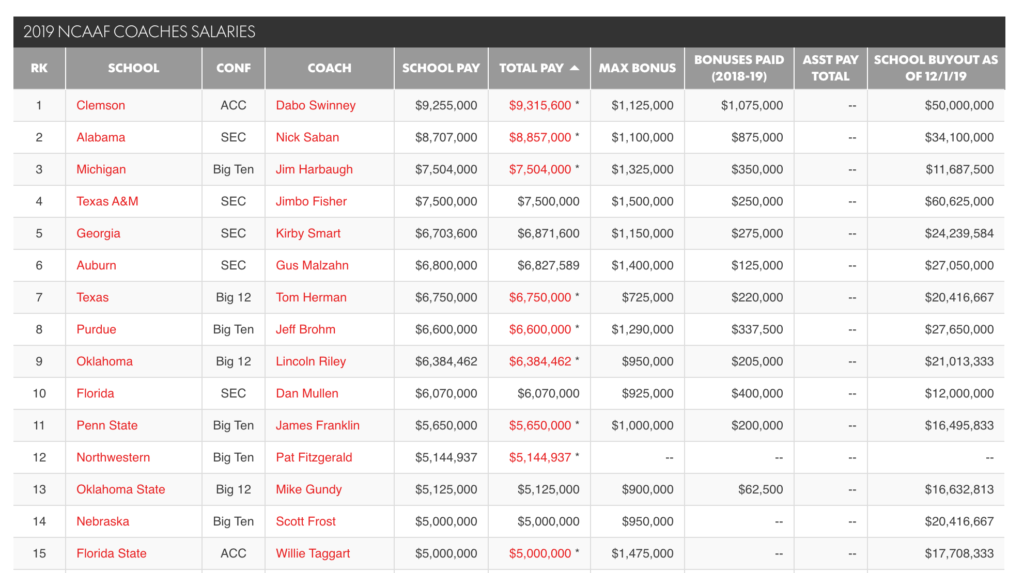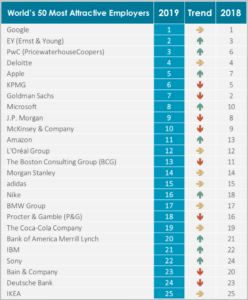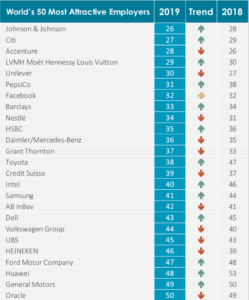Well, the M&A activity in the TA Technology industry doesn’t seem to be slowing down as this morning Symphony Talent announced it has acquired the recruiting CRM technology platform Smashfly. You had a feeling that something was going to happen as you began to see the major recruiting CRMs in the industry align themselves with core ATS or enterprise HCM recruiting modules.
3 Big Questions about the acquisition of Smashfly by Symphony Talent?
1. Who the heck is Symphony Talent?
I know some of you are asking that because Symphony Talent is the biggest name in the industry! Symphony Talent is the ATS built by Hodes a few years ago, and the first and only ATS that has built-in Programmatic advertising ability. Maybe a bit ahead of the game, when it was launched I was really impressed with what they had. Their CEO, Roopesh Nair, is a super-smart dude that has major passion around the TA industry.
2. Does this merger of brands make sense for both Smashfly and Symphony Talent?
It does because what I am seeing from organizations that truly care about attracting better talent is you better have an end to end recruitment platform that includes a core ATS at the center and a great recruitment marketing platform on the front-end. With this marriage, you also get the strength of Symphony’s industry-only builtin programmatic engine.
3. Will this integrated platform be able to gain market share in the industry?
That’s really the biggest question. For how advanced Symphony Talent’s technology was in the ATS space, they struggled to sell it, mainly because it probably seemed too advance more most corporate TA leaders. CRM tech is also very advanced and complex and the reality is Smashfly was probably the best in the industry at selling CRM by making it not seem as complex. So, great tech and great marketing/sales should work for these two brands, in my opinion.
What would I do if I was Roopesh?
To be fair, I’ve met Roopesh a couple of times and I’ve really enjoyed those conversations and his knowledge of the talent acquisition industry. The reality is Smashfly is a great brand because they’ve been great at marketing, and I would drop the Symphony Talent brand, adopt the Smashfly brand, and built out the integrated platform.
To me, you run with a better-known brand, that has a solid reputation in the industry and use that to sell the full end-to-end recruitment platform. Most enterprise HCM users are stuck with vanilla recruiting modules who can’t buy an ATS but can buy recruitment marketing. It just makes sense for them to buy a recruitment marketing platform that just happens to have an ATS built-in!
This opens up their ability to sell to SAP, Oracle, Workday, Infor, UltiPro, Ceridian TA shops, as well as chip away at the best of breed market currently owned by iCIMS, Greenhouse and SmartRecruiters in the mid-enterprise market.
To be perfectly clear, Roopesh didn’t call me and ask, but he has my number if he needs it! 😉





